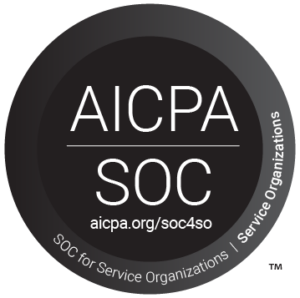Automated Monitoring:
Revolutionizing SAP Basis Administration
In the high-stakes world of SAP systems, stability isn’t optional—it’s essential. Yet traditional manual monitoring, where IT teams periodically check dashboards or logs, often falls short, leaving gaps that can spiral into costly disruptions. At 1st Basis Consulting, we’re revolutionizing SAP Basis administration with automated monitoring, delivering precision and proactivity that manual methods can’t match. Here’s how it transforms your SAP environment—and why it’s a game-changer for US corporations.
The Limits of Manual Oversight: A Ticking Clock
Manual monitoring is like playing whack-a-mole with a blindfold. SAP systems generate mountains of data—think server performance metrics, transaction logs, and application health indicators—and expecting humans to catch every anomaly in real time is unrealistic. A 2023 article from SAP News highlights that even small oversights, like a creeping memory leak or a database bottleneck, can lead to unplanned downtime, costing enterprises upwards of $300,000 per hour in lost productivity and revenue. For industries like manufacturing or retail, where SAP drives real-time operations, those stakes are even higher.
Beyond cost, manual monitoring strains your IT team. Staff burn hours sifting through alerts or running scripts, only to miss subtle trends—like a gradual increase in batch job runtimes—that signal bigger issues. For mid-level IT managers, this means constant firefighting; for C-suite leaders, it’s a hidden inefficiency eating into operational budgets. In a complex SAP landscape with hundreds of users and interconnected modules, relying on human vigilance alone is a gamble most businesses can’t afford.
Automation: Precision at Scale
At 1st Basis Consulting, our automated monitoring tools turn this challenge into an advantage. Running 24/7, they continuously scan your SAP environment—tracking CPU usage, memory allocation, database performance, and transaction throughput. When an anomaly pops up—say, a sudden spike in HANA database latency or a stalled workflow—our system flags it instantly, often before users notice. This isn’t just about alerts; it’s about intelligence. Our tools correlate data across systems, pinpointing root causes—like a misconfigured parameter or a network hiccup—so our senior-level consultants can act fast.
Take a practical example: a retail chain running SAP ERP sees a slowdown in order processing during peak holiday sales. Manual checks might take hours to trace it to an overloaded application server. Our automated monitoring catches it in minutes, triggering an alert and enabling a fix before carts start abandoning. That’s the power of proactivity—stopping problems before they hit your bottom line.
Strategic Value for IT Leaders
For US corporations outsourcing Basis support, automated monitoring is more than a tech upgrade—it’s a strategic edge. It reduces the manual workload on your internal team, freeing them to focus on innovation rather than maintenance. It also slashes downtime, a critical metric when every hour offline risks customer trust and revenue. Pair this with our US-based operations, and you get a solution that’s secure, compliant, and tailored to American business needs—no offshore delays or data sovereignty worries.
The SAP News article underscores this shift, noting that advanced monitoring technologies are “redefining how businesses maintain system health,” moving from reactive fixes to predictive stability. At 1st Basis Consulting, we’re ahead of that curve, ensuring your SAP systems don’t just run—they thrive.
Why It Matters to You
For IT managers juggling tight SLAs and C-suite execs eyeing operational efficiency, automated monitoring delivers peace of mind. It’s the difference between hoping an issue gets caught and knowing it will be. Want to see how this revolution can stabilize your SAP landscape? Contact 1st Basis Consulting today to explore the future of Basis administration.




